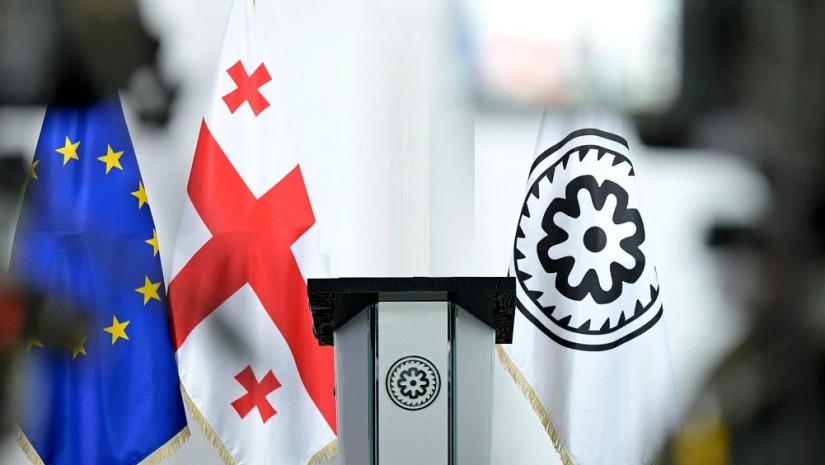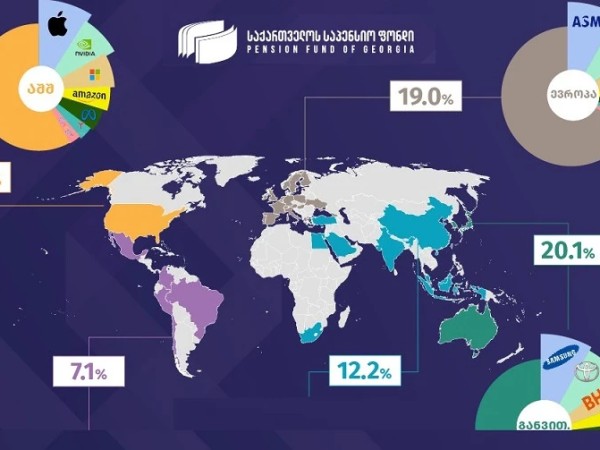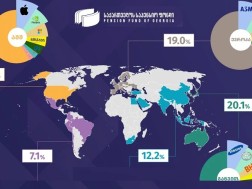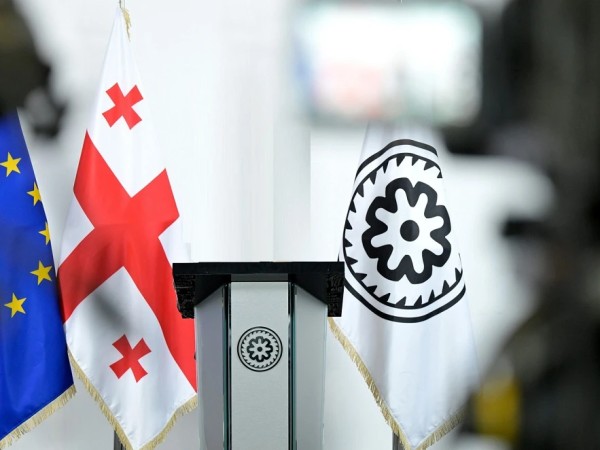Tbilisi (GBC) - On June 18, 2025, the Monetary Policy Committee of the National Bank of Georgia (NBG) decided to keep the monetary policy rate (refinancing rate) unchanged. The monetary policy rate stands at 8%.
Inflation in Georgia remains close to the target level of 3%. In May 2025, the overall price level increased by 3.5% year-on-year, while core inflation, which excludes highly volatile items such as food, energy, and tobacco prices from the consumer basket, declined slightly to 2.0%. Notably, long-term inflation expectations remain stable. Service sector inflation, which tends to be stickier and reflects long-term inflation expectations, stood at 2.2% in May.
Overall, upward pressures on inflation are primarily driven by food prices, partly reflecting developments in global food markets. On the other hand, deflation in imported goods, primarily driven by lower fuel prices year over year, serves to counterbalance rising food inflation.
According to the NBG’s central scenario, as previously projected, inflation is expected to temporarily exceed the target in 2025, averaging 3.8 percent, driven by base effects and global tendencies. Over the medium term, it is expected to stabilize around the 3 percent target.
Alongside stable inflation, economic activity remains robust. According to the preliminary data, average economic growth for the first four months of the year stood at 8.8%. As expected, the pace of economic growth is showing signs of gradually converging toward its long-term trend. Meanwhile, credit activity growth has aligned more closely with its equilibrium level.
Global economic uncertainty remains elevated amid ongoing geopolitical tensions and persistent trade barriers. As a result, inflation is subject to considerable risks on both the upside and downside. Accordingly, the Monetary Policy Committee considered both high-inflation and low-inflation risk scenarios. On the one hand, military actions in the Middle East have led to an increase in oil prices.
At the same time, risks of economic fragmentation at the international level have intensified. This, in turn, raises concerns over the deterioration of supply chains and the emergence of a globally inflationary environment. If these risks materialize and persist, a high-inflation scenario could unfold, one that would require a higher interest rate path than assumed under the central scenario.
On the other hand, the Monetary Policy Committee has considered a low-inflation risk scenario, where the realization of fundamental factors would require a lower trajectory for the monetary policy rate compared to the central scenario. Specifically, amid ongoing uncertainty, the U.S. dollar index (DXY) remains weakened.
At the same time, international food commodity prices have seen a moderate decline. If these tendencies persist, a strengthened exchange rate combined with stable international food commodity prices is expected to exert downward pressure on headline inflation through lower imported inflation.
As a result of macroeconomic analysis and the assessment of existing risks, the Monetary Policy Committee has considered it optimal to adopt a cautious approach toward further normalizing the monetary policy rate, keeping it unchanged at 8%. Upcoming decisions on the monetary policy rate will depend on updated macroeconomic forecast scenarios and risk assessments.
The NBG will use all available instruments to maintain price stability. This means keeping the overall price level increase close to the 3% target over the medium term.
The next meeting of the Monetary Policy Committee will be held on July 30, 2025.



















